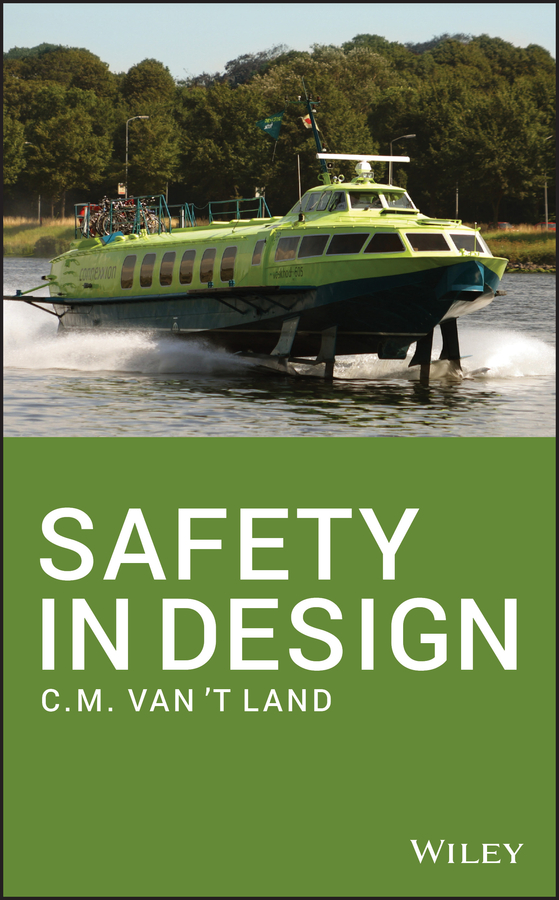- 中图分类号: X9
- 语种: ENG
- 出版信息: Wiley 2018 222页
- EISBN: 9781118745694
- PISBN-P: 9781118745557
- 原文访问地址:
KG评星
知识图谱评星,是一种基于用户使用的评价体系,综合图书的评论数量、引文数量、Amazon评分以及图谱网络中节点的PageRank值(即考虑相邻节点数量和重要性)等多种因素计算而得出的评价数值。星级越高,推荐值越高。CAT核心级
核心学术资源(CAR)项目作为教图公司推出的一项知识型服务,旨在打造一套科学、有效的图书评价体系,并协助用户制定相应的馆藏建设方案。CAR项目调查和分析12所世界一流大学的藏书数据,以收藏学校的数量确定书目的核心级,核心级越高,代表书目的馆藏价值越高。选取核心级在三级以上,即三校以上共藏的图书作为核心书目(CAT)。Expert insight and guidance on integrating safety into design to significantly reduce risks to people, systems, property, and communities Safe design refers to the integration of hazard identification and risk assessment methods early in the design process so as to eliminate or minimize the risks of catastrophic failure throughout the life of a system, process, product, or service. This book provides engineers, designers, scientists and governmental officials with the knowledge and tools needed to seamlessly incorporate safety into the design of civil, industrial, and agricultural installations, as well as transportation systems, so as to minimize the risk of accidents and injuries. The methodology described in Safety in Design originates from the continuous safeguarding techniques first developed in the chemical industry and can successfully be applied to a range of industrial and civil settings. While the author focuses mainly on the aspects of safe design, he also addresses procedures which have a proven track record of preventing and alleviating the impacts of accidents with existing designs. He shares lessons learned from his nearly half-century of experience in the field and provides accounts of mishaps which could have been prevented, or significantly mitigated, based on data collected from approximately seventy incidents that have occurred in various countries. • Describes the application of safe design in an array of fields, including the chemical industry, transportation, farming, the building trade, and leisure • Reviews the history of intrinsic process safeguarding, which was first used in the chemical industry to minimize the risk of human error or instrumentation failure • Describes dozens of preventable incidents to illustrate the critical role safe design can play • Provides expert guidance and valuable tools for seamlessly weaving safety into every phase of the design process Safety in Design is an indispensable working resource for chemical, civil, mechanical, risk, and safety engineers, as well as professional R&D scientists, and process safety professionals. It is also a useful reference for insurers who deal with catastrophic loss potentials, and for government personnel who regulate or monitor industrial plants and procedures, traffic systems, and more.







 京公网安备 11010602104826号
京公网安备 11010602104826号
